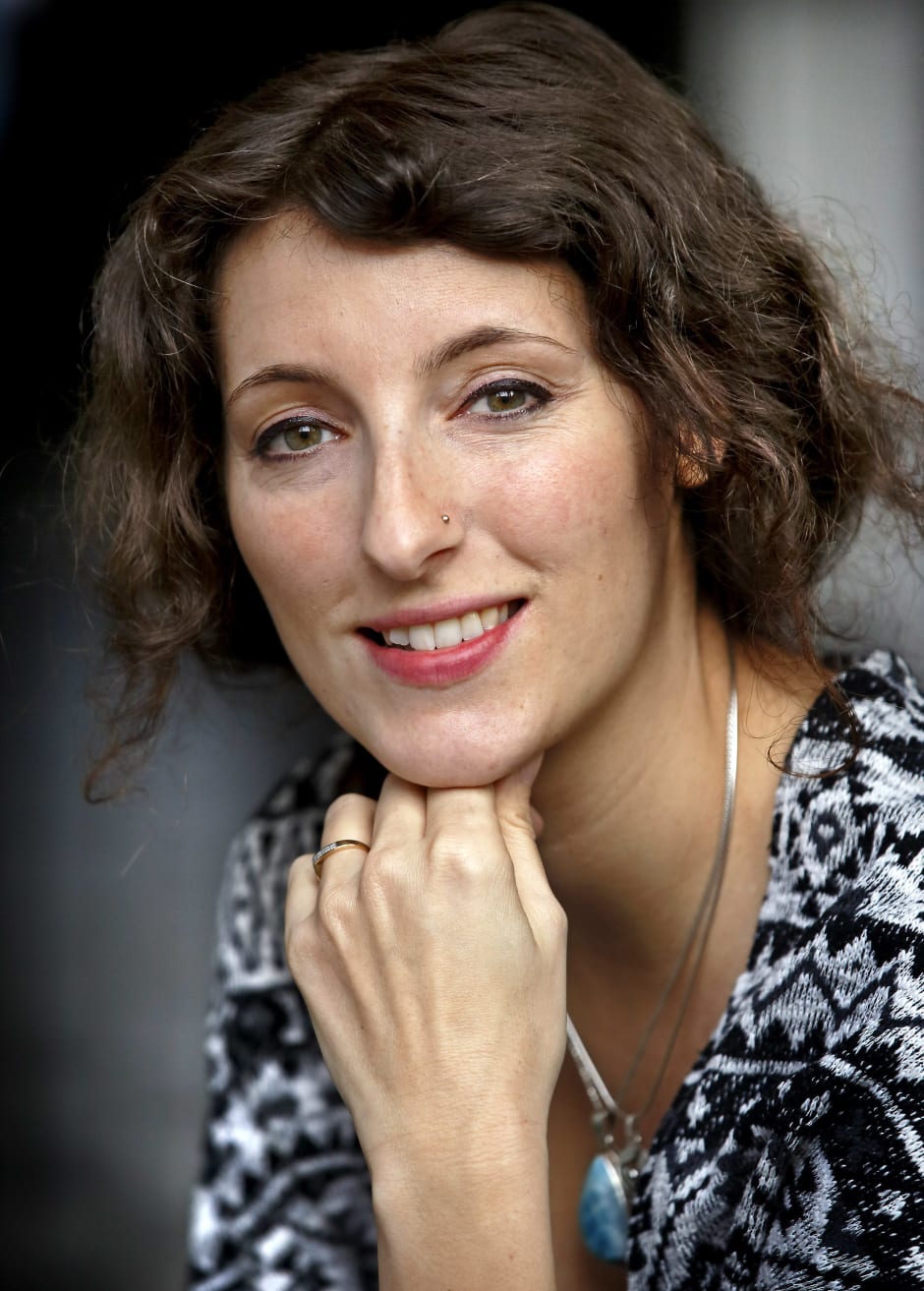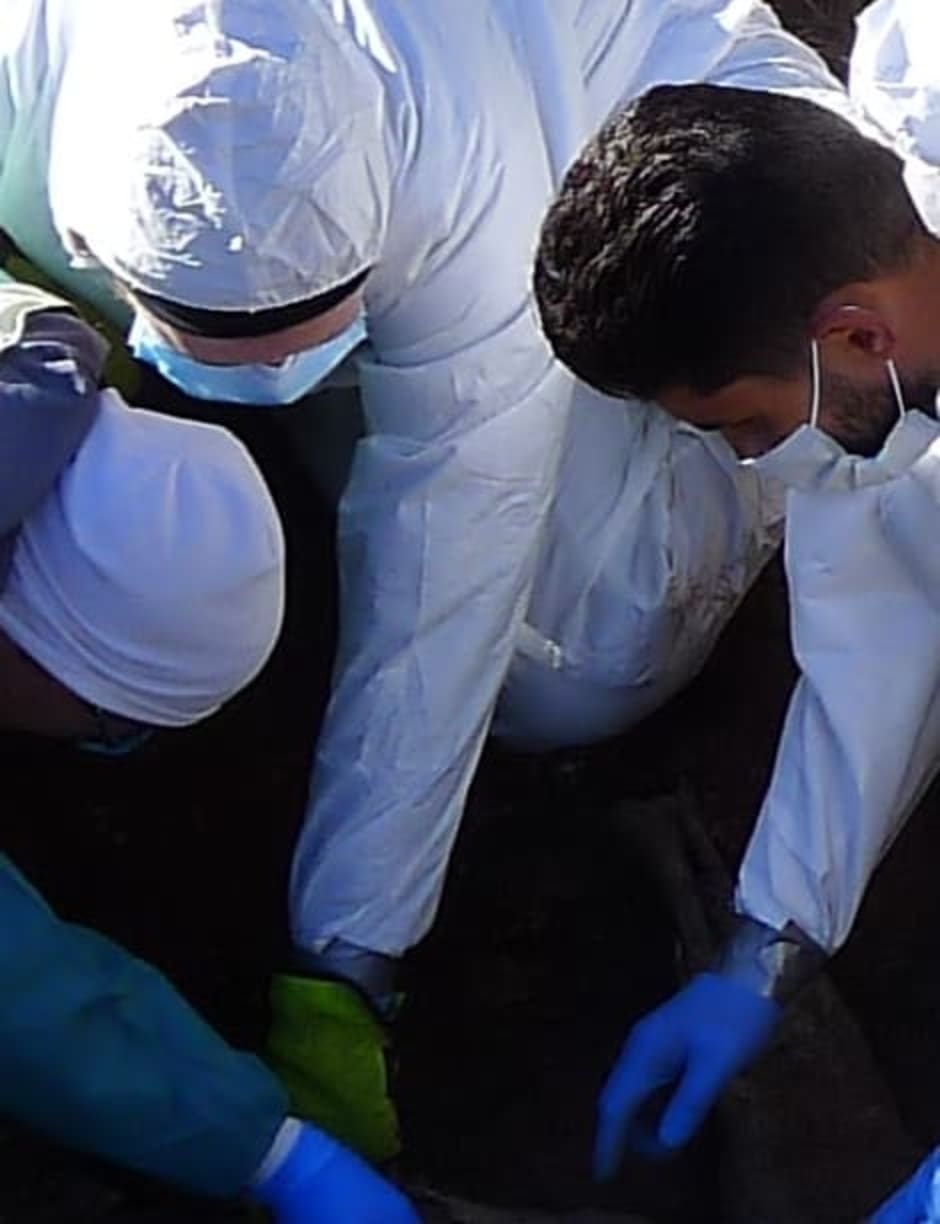
Budget cuts threaten research into mass graves: ‘You can only excavate once’
It took archaeologist Hayley Mickleburgh more than five years to develop a virtual mass grave so that police officers and researchers could be trained in digging up human remains. But the loss of her start-up grant has put her project in a state of limbo.
Five years, Hayley Mickleburgh, archaeologist at the UvA and director of the 4D research lab, had invested in her research plan. Using virtual reality (VR), she wanted to train police officers and investigators to properly excavate mass graves.
That plan can now be thrown in the trash. She missed out at the last minute on the starting grant, the three-ton euro subsidy that former education minister Robbert Dijkgraaf introduced to help young researchers get started in their research and relieve their workload. The current cabinet’s austerity measures have meant that all starter grants have been cancelled for assistant professor who signed a contract with the university from 2024 onwards. Mickleburgh was told in 2023 that she would be hired permanently, but her contract was not finalized until 2024.

Only excavate once
And that is a shame, says Mickleburgh, because without VR training in which you learn how to best excavate mass graves, you run the risk of destroying evidence, which means that perpetrators go unpunished and the family never receive closure. Mickleburgh: “You can only excavate a mass grave once and if you do not immediately document your evidence correctly, it poses a great risk to the identification of victims and the criminal investigation that takes place. So, it has to be done right the first time.”
More and more mass graves are being discovered worldwide. “Consider Ukraine, Libya, Tunisia, Mexico and other parts of the world,” says Mickleburgh. “And there are urgent shortages of knowledge and training among local authorities, which means that unknown victims are not being identified. The knowledge is now mainly in Western, privileged countries, and it must be transferred in an accessible way to countries that are dealing with the issue.”
Moreover, there are very few opportunities to really train in how to carefully excavate a mass grave in forensic archaeology, according to Mickleburgh. “Often this has to be done on the job and you cannot afford to experiment. But with a virtual grave you can experiment and try out a different approach.”
“The VR environment could also provide new insights for research,” says Mickleburgh. “In mass graves, you can't just experiment with techniques and methods; you have to adhere to strict protocols so as not to compromise the evidence. What VR can offer is a controlled environment to simulate different excavation methods without compromising the legal process. Imagine if we completely changed the excavation process, what effect would that have on how we interpret the grave? A VR could be used to investigate this, provided the environment is authentic enough in terms of gravity and soil type, for example. We are currently using old methods. There is a lot of room for improvement, provided we are given the opportunity to experiment.”

Interacting in VR
Mickleburgh was already well on her way to developing a VR experience that would allow you to imagine yourself in a mass grave using VR glasses, or on a laptop or even a smartphone. “I already have all the data on human decomposition and have mapped a virtual mass grave in 3D. But you still have to set it up technically in VR. The development of the virtual mass grave is very complex and requires a lot of technical expertise,” says Mickleburgh, “and with the start-up grant I was able to invest in, among other things, the technical development.”
Why is the technical development so difficult? Mickleburgh: “Firstly, the virtual environment must be very realistic. Realistic visualization means high resolution and heavy 3D data. If you want the image to be smooth, the heavy 3D data must be optimized with advanced techniques to load in real time. In addition, it is important to what extent you can interact with the environment. You must be able to pick up, move and change things in your environment, as opposed to an environment that can only be viewed in 3D. The interaction option allows you to make ‘excavation errors’ and receive immediate feedback on them.”
Stop
Now that the start-up grant has been canceled, it is difficult to get the technical development financed. “I am now looking for other sources of funding, but they are all much smaller than the start-up grant. How can I still achieve the same thing with small amounts of money? That is even more time-consuming and complicated. If I can't make ends meet, I will have to stop.”


